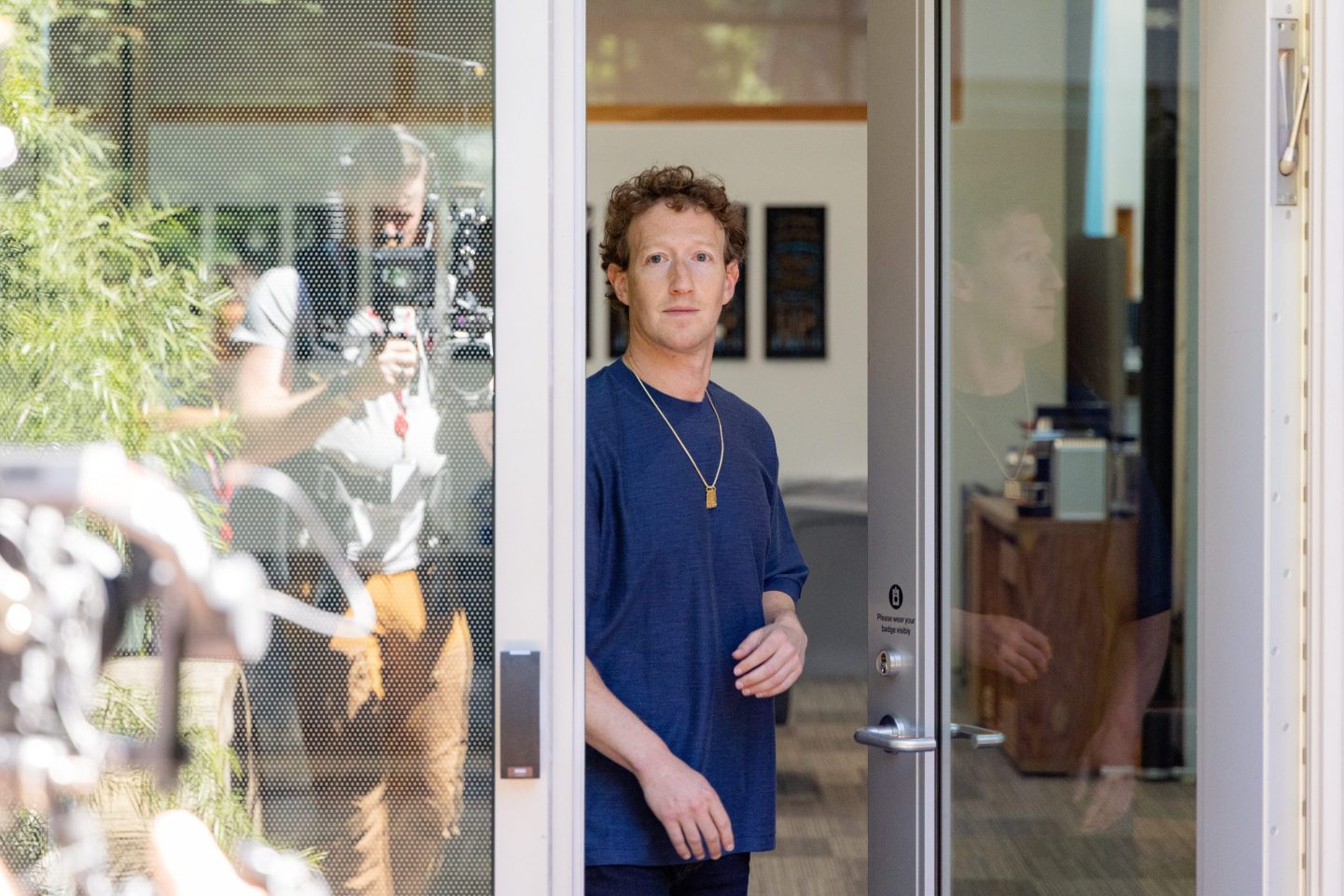When Fortune published its AIQ 50 list, ranking the Fortune 500 companies that have made the most progress generating a significant impact with artificial intelligence, it perhaps came as no surprise that this cohort would be led by an AI hyperscaler, Google parent Alphabet.
Other tech giants featured on the list included Nvidia, Amazon, Microsoft, and Meta Platforms, a contingent that’s spending tens of billions of dollars annually to develop large language models and AI chips to get a competitive edge in the AI arms race.
But the AIQ 50 wasn’t only dominated by the tech sector. In fact, there were 17 other sectors with representation, including financials, health care, retail, energy, and transportation.
This expansive embrace and quick adoption of generative AI differs from past technological advancements. The widespread adoption of the internet in the late 1990s caught many industries completely off guard, including physical retail and banking. More recently, the expensive and complex IT-led shift to cloud computing saw multiple sectors lag behind, including airlines, agricultural producers, and hospitals.
Kate Smaje, a senior partner at consulting giant McKinsey, says that unlike other digital transformation efforts, with AI there have been notable winners and losers within each sector, rather than entire industries falling behind on adoption.
AI, Smaje says, “it’s something that is innately democratized to everyone across the organization. It doesn’t matter whether you’re at the front line, you’re the HR director, or you’re the CEO. Your ability to use it and figure out ways to improve your lot, as it were, is a lot easier.”
Pharmaceutical giant Johnson & Johnson, which ranked 36 on the AIQ 50 list, has applied AI and machine learning models across all parts of the company’s business, ranging from how it recruits patients to enroll in clinical trials to reimagining the supply chain and helping surgeons perform procedures.
Jim Swanson, J&J’s chief information officer, says that the company created a “lighthouse” framework to organize how it thinks about the value it can extract from AI across the business.
At the top of the lighthouse are use cases that apply to core products and services, including the use of AI to improve surgical outcomes. The middle layer focuses on utilizing AI to improve functions like customer support or patient enrollment in drug trials, while the lowest level involves employee productivity tools. In each case, Swanson says, he prioritizes investments that can generate big outcomes.
“What I try to look for is not the 3% to 5% incremental improvements,” says Swanson. “Can we do 30%, 40%, or 50% transformation change?”
Amanda Luther, a managing director and senior partner at consultancy Boston Consulting Group, says that the companies that are furthest along on AI tend to be investing in “three-ish” major initiatives.
“Three tends to be kind of the magic number for the big bets you are placing,” says Luther. “Those are the ones that are getting the most ROI.”
BCG recently published a study of more than 1,250 global companies that found that only 5% of those companies had achieved AI value “at scale,” that is, firms that were seeing revenue increases or cost reductions from their AI investments beyond many of their peers.
Luther says there were five factors that led to that outperformance: a CEO-led multiyear strategic vision, an emphasis on redesigning entire workflow processes, joint ownership of IT and the various business functions, investments in talent, and finally the technology and data that underpins the entire AI ecosystem.
That CEO vision on AI was on display last month when J&J chairman and CEO Joaquin Duato appeared on CNBC to discuss the impact of tariffs on pharmaceutical imports, while also lauding future innovation advancements that can be possible thanks to AI.
“I believe we are entering into an era in which the combination of our advancements in biology and chemistry, amplified by artificial intelligence, are going to give us cures for many diseases that we thought were incurable,” Duato told Jim Cramer during the interview.
At McKinsey, Smaje says that the firm finds that the corporations that are seeing the most success with AI adoption need more than just a CEO leading the charge. “Yes, I need a great visionary CEO, but it’s not enough,” says Smaje. “I’ve got to have the full top team as well.”
Senior leaders at J&J have been regular practitioners of AI, including an AI tool that helps the executive team prepare for investor relations calls. Senior leaders have been organized in AI and data councils to guide and shape AI applications and ensure ethical policies are followed.
On the talent front, Swanson says that more than 100,000 employees have taken the company’s generative-AI training courses, while 15,000 have enrolled in a digital boot camp.
And while not every business function at J&J is on the same level of AI maturity, Swanson says he’s okay with that.
“It’s not chasing tech for tech. It always starts with the problem to be solved, and then what’s the right process and solution to go after,” says Swanson. “That discipline has helped us scale and be effective.”
Read more lessons from the Fortune AIQ 50, the latest Fortune AIQ special report. This collection of stories details how companies on the inaugural Fortune AIQ 50 list have made significant progress integrating artificial intelligence technology into their operations, leading to real impact.












